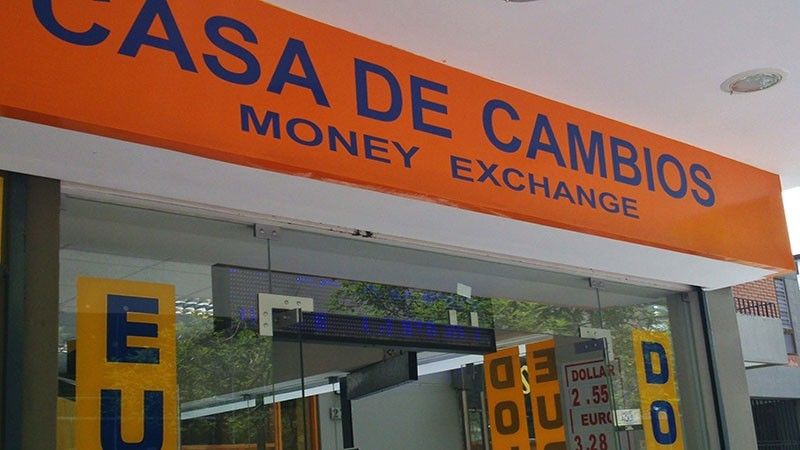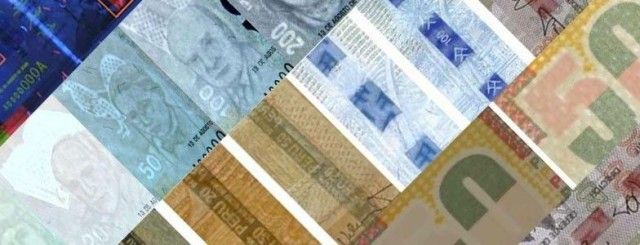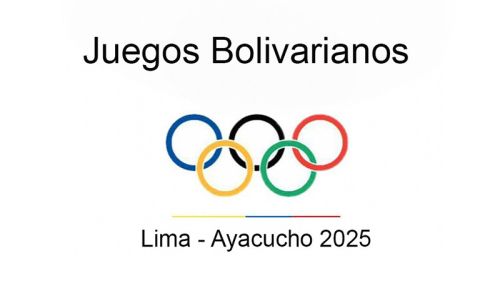In Peru US Dollars and Euros can be exchanged to local currency, the Peruvian Sol, easily without restrictions in hotels, banks, exchange offices or on the street. Changing other currencies or paying with them is often more difficult to impossible.
So, if you take foreign money with you to Peru then best US Dollars or Euro. Make sure that the banknotes you have are in pristine condition. Even the slightest flaw, including a tiny tear, wrinkles or normal wear, might cause rejection. Additionally, most places don’t accept US$ 100 bills; with Peru being the world leader in counterfeit money output, producing about 60% of the world’s finest fake US$ bills, understandable.
Many hotels, shops, tour operators, etc., especially in major cities in Peru accept payment in US$ sometimes as well in Euro. So, you might be able to save yourself from exchanging your money, however, be aware that the offered US$ price or Euro price might be higher than the Soles price.
Where to exchange money in Peru
Banks and hotels
The safest places to change money are surely banks and your hotel, but exchange rates are usually ridiculously low. So, best avoid these two options.
Money changers on the street
On the other hand, you can get good to extremely good exchange rates when changing money with the money changers, called Cambistas, on the street. They can be found literally everywhere (where tourists are) and those officially registered with the municipality they are working in wear color coded vests with a "$" sign / EURO written on the back and have proper identification documents.
But as with all "street deals" in Peru, don't forget to bargain and be extremely careful. Inform yourself about the current rate, otherwise the friendly cambista might see a chance to rip you off. Exchange rates will not only vary depending on the amount you will change, but as well on your appearance and behavior. For whatever reason, exchange rates on weekends are often slightly lower than on a weekday.
When changing money on the street, remember to keep a watchful eye on your surroundings. Don't let anybody disturb your transaction. Don't get distracted by a brief chat with the Cambista. Check with your own calculator (being good in mental arithmetic is a plus, otherwise use your phone) if the amount you want to change multiplied by the agreed exchange rate is the amount the cambista’s calculator shows. Count the money you get and always check for fake bills and coins. Unfortunately, foreign visitors are popular victims to circulate phony notes. So, have a good look at the notes you receive, but check the coins as well. Some Cambistas might accidentally (?) give you a S/ 2 instead of a S/ 5 coin. Quickly the good exchange rate can turn into the opposite.
If you are not familiar with the security features of Peruvian banknotes, we highly recommend to check out our article "How to distinguish between real and fake Peruvian money" before your first street transaction
Exchange offices
Probably the safest place to exchange money with still good rates are exchange offices, called Casa de Cambio in Peru. You get a fair rate, probably a little bit lower than on the street, but much higher than at a bank or in your hotel. In every good exchange office, you can make the transaction at ease and comfort. And you have the time and a place to carefully count and examine the money without being in the middle of the street and nobody looking over your shoulder.
But we recommend comparing rates offered by different exchange offices to find the best deal. Some places give better rates for Dollars than Euros and vice versa.
And best avoid the exchange offices at Lima’s airport, which usually offer the lowest exchange rates in town. We can only recommend either to withdraw some local cash at one of the numerous ATMs located inside the airport or only to exchange the absolute minimum. You can pay taxis from the airport to town for example in US Dollars (have enough small notes for this purpose) and once in the center exchange larger amounts you might need for much better rates.































